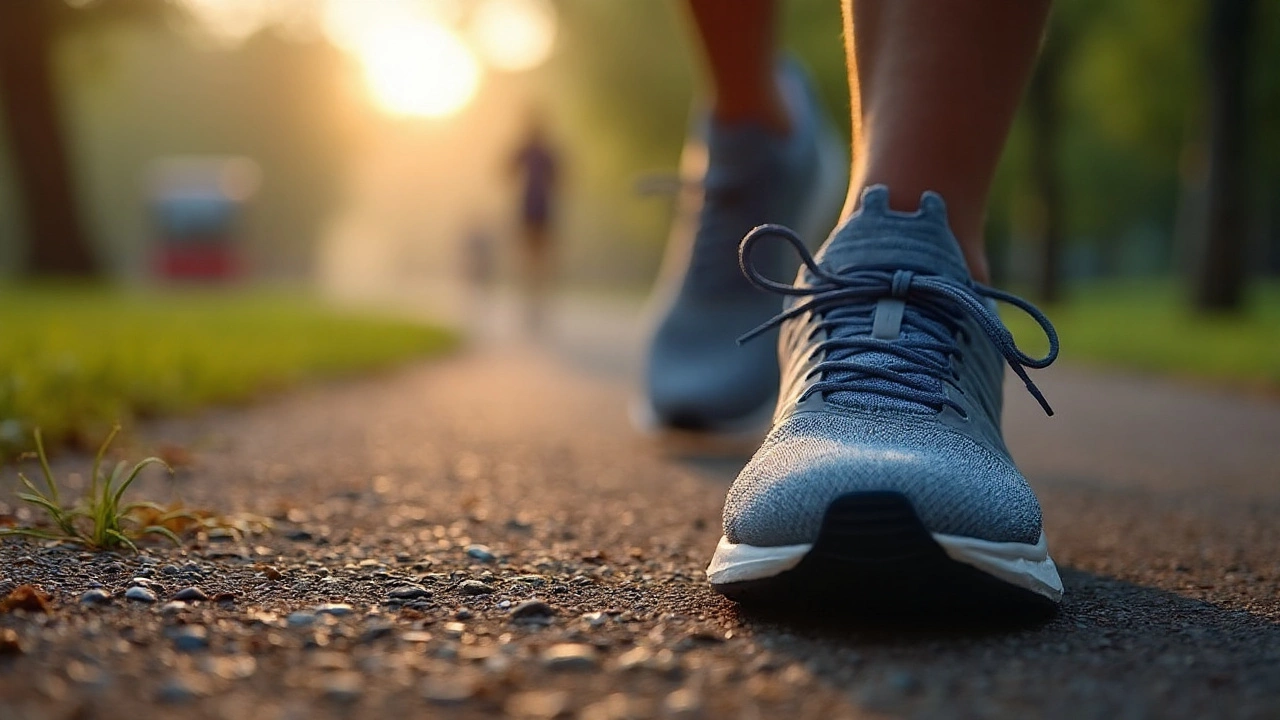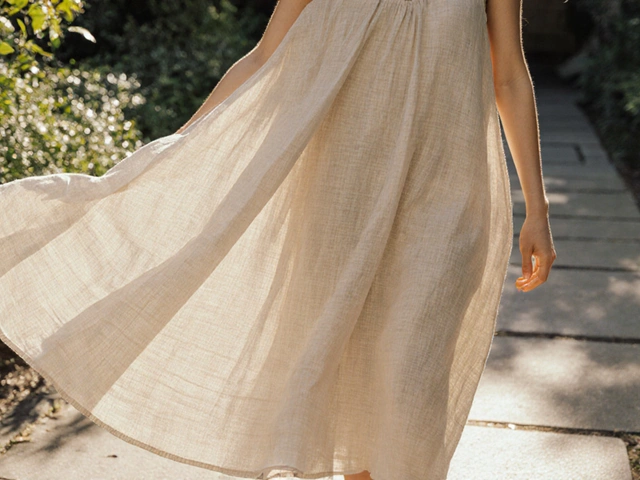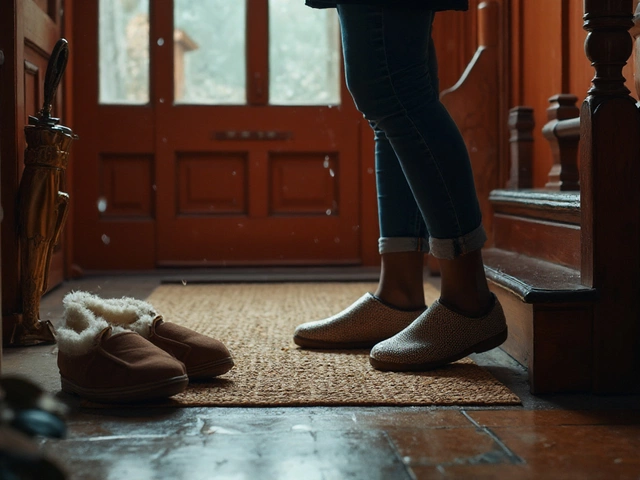Heel Slip: What It Is and How to Stop It
If you’ve ever felt your foot sliding out of a shoe, you know how annoying it can be. That feeling is called a heel slip, and it usually means the shoe and your foot aren’t working together right. A slipping heel can cause blisters, sore calves, or even a tumble, so fixing it fast saves you pain and embarrassment.
Common Causes of Heel Slip
Most heel slips happen for one of three reasons. First, the shoe might be too big. If there’s extra room at the back, your foot slides forward every time you move. Second, the material can stretch over time—think of a soft leather boot that gradually loosens after months of wear. Third, the shape of the heel cup might not match your foot’s arch. People with a low arch often need extra support, otherwise the heel lifts out of place.
A fourth, often‑overlooked cause is wear on the inside of the shoe. When the lining or padding wears thin, there’s less friction to hold the heel in place. Even a tiny loss of grip can let the foot drift, especially on slippery floors.
Practical Fixes You Can Try Today
Good news: most heel slips are easy to fix without buying a new pair. Start with a simple heel grip or insole. These small pads slide into the shoe’s back, adding friction and filling gaps. They’re cheap, come in different sizes, and work for sneakers, boots, and dress shoes alike.
If the shoe is just a bit roomy, add a tongue pad or a silicone insert under the laces. This pushes the foot back toward the heel and reduces movement. For leather shoes that have stretched, try a leather conditioner followed by a snug lace‑up to tighten the fit.
When the problem is a mismatched arch, consider a custom orthotic or an over‑the‑counter arch supporter. A better‑shaped footbed keeps the heel planted and takes pressure off the front of the foot.
Lastly, keep the interior clean and dry. Moisture makes the material slick, so wipe out sweat after a long day and let the shoes air out. A dry interior gives the heel more grip.
If you’ve tried these tricks and the slip persists, it might be time to retire the shoes. Signs that a shoe is beyond repair include visible cracks in the heel cup, a worn‑out sole, or persistent pain despite padding.
For more footwear guidance, check out our posts on “When to Buy New Slippers” and “Morton’s Syndrome: Causes, Symptoms, and Relief for Forefoot Pain.” Both cover how foot health ties into shoe choice, and they give extra tips on keeping your feet happy.
Remember, a little extra attention to fit and a few affordable accessories can make a huge difference. Next time you slip into your favorite pair, you’ll know exactly what to do to keep that heel where it belongs.

Should Your Toes Touch the End of Your Shoes When Walking? Fit Guide and Toe Room Rules
Wondering if toes should touch your shoe's end when walking? Get the exact toe room, fit tests, pro tips, and fixes for pain, numbness, and black toenails.




